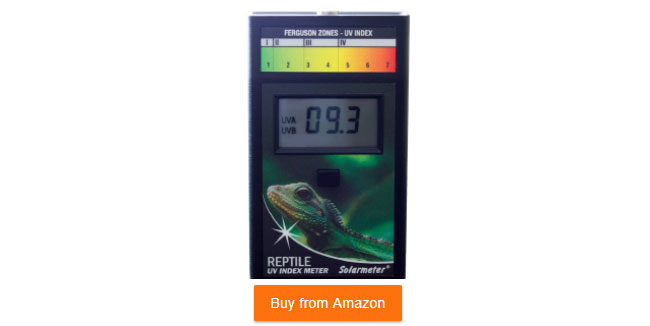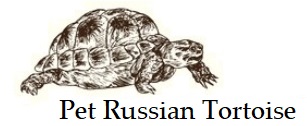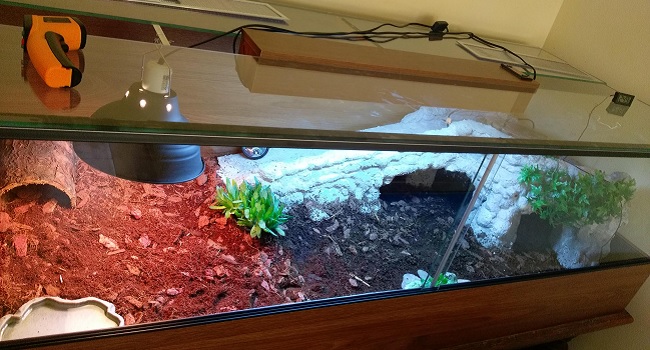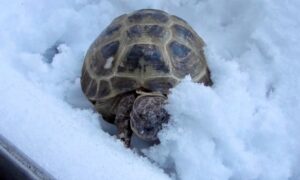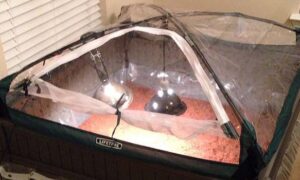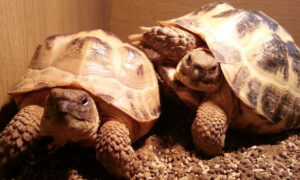When setting up an indoor enclosure for a Russian tortoise, heating and lighting is important. If proper heating and lighting are not provided, tortoises can suffer serious health conditions. It is important not to skimp on the equipment needed to set up heating and lighting for an enclosure.
Heating for Russian Tortoises
Russian tortoises require heat for health and longevity. Without proper heating, your Russian tortoise will not grow or eat properly. And depending on the habitat temperatures, the tortoise could start to hibernate more frequently.
During the day, Russian tortoises need a basking area between 95-100°F with an ambient temperature in the remainder of the enclosure between 70-80°F. During the day, the cool side of the enclosure should not dip below 70°F. Keep the nighttime temperatures in the mid-60s to low 70s.
Use a good heat bulb, like a ceramic heat emitter to keep an indoor enclosure heated properly.
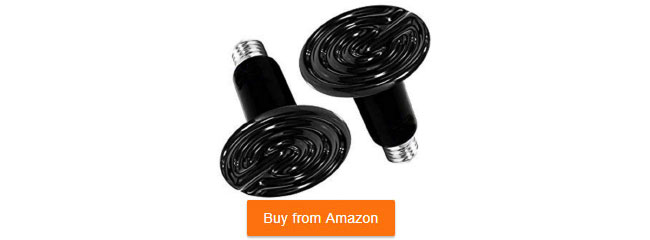
Lighting for Russian Tortoises
Russian tortoises need a day/night routine, which means that they do need lighting turned on for about 8-10 hours a day. The most important aspect to setting up light for a Russian tortoise enclosure is UV light. UV rays, specifically UVB rays, help tortoises synthesis vitamin D, which is important for the body to absorb calcium and phosphorus.
You can use a UV bulb or a UV tube. Depending on how your indoor enclosure is set up, a tube light or a bulb may work better. Plus, some reptile keepers have a preference as to which type of UV they prefer. Some people feel like one UV source versus the other will last longer, saving money in the long run. The only way to know when it is time to replace your UV is to use a solar meter.
